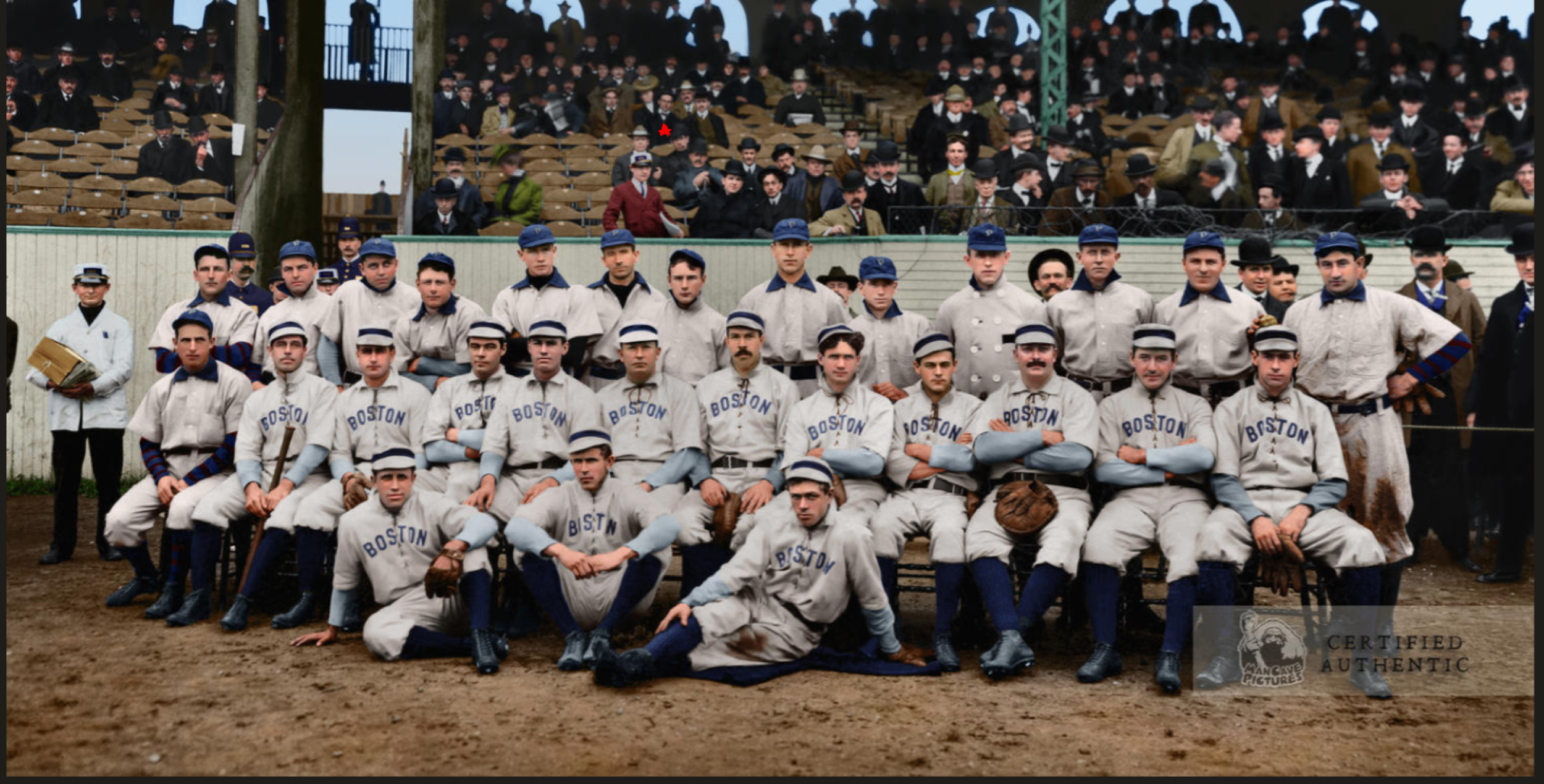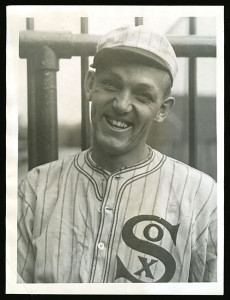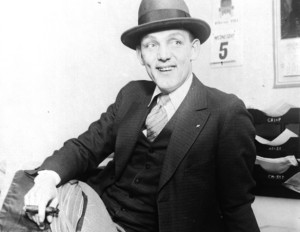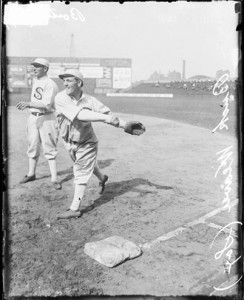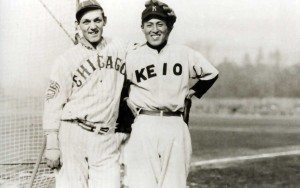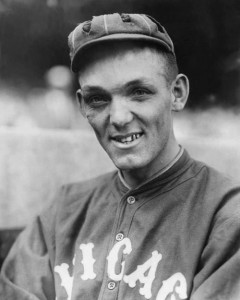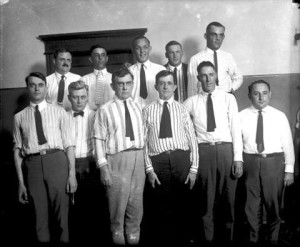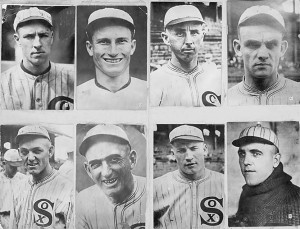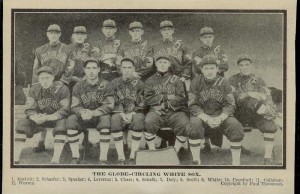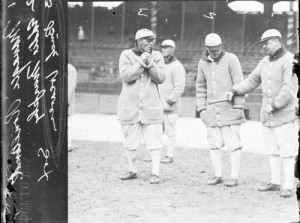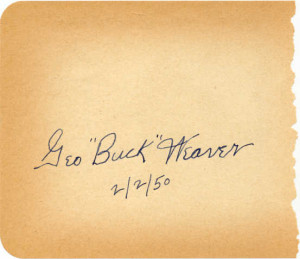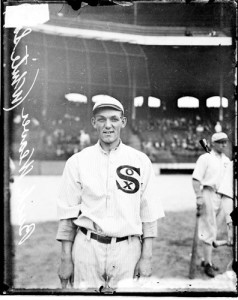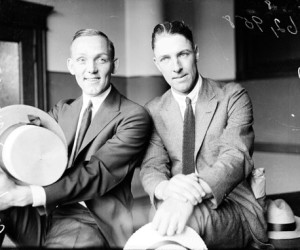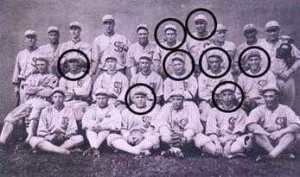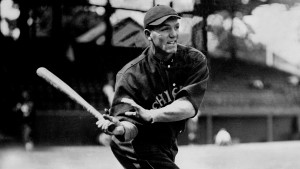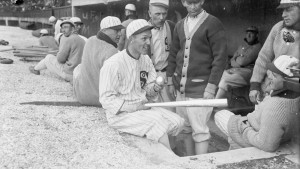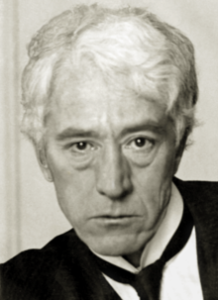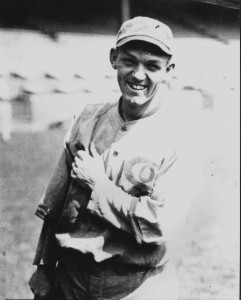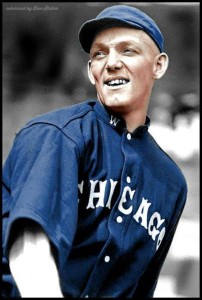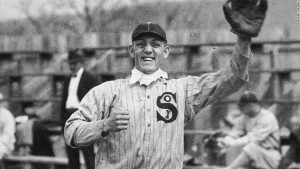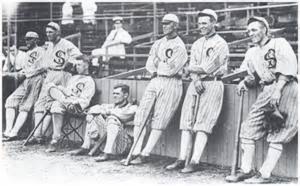Featured Photo Above:
Combined 1903 World Series Photo: Pittsburgh Pirates and Boston Pilgrims
(Color Restoration by Chris Whitehouse of Mancave Pictures)
Baseball History Comes Alive Now Ranked As a Top Five Website by Feedspot Among All Baseball History Websites and Blogs!
(Check out Feedspot's list of the Top 35 Baseball History websites and blogs)

Guest Submissions from Our Readers Always Welcome! Click for details
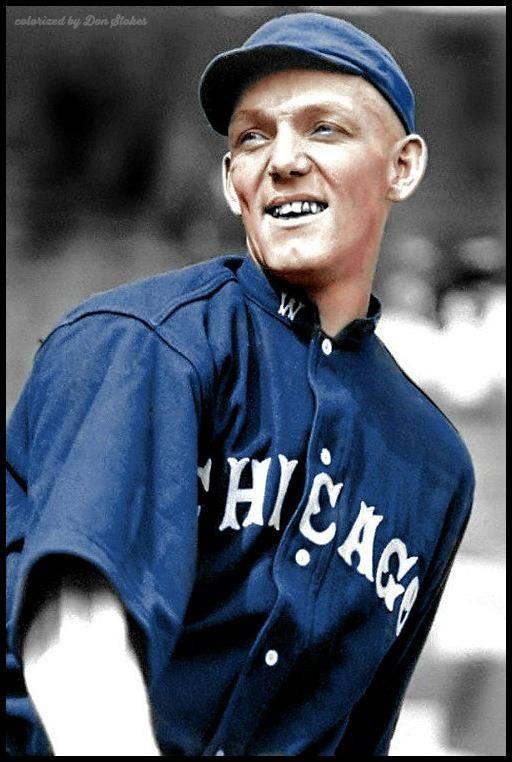
Subscribe to my blog for automatic updates and as a Bonus get instant access to my two Free Special Reports: “Memorable World Series Moments,” and “Gary’s Handy Dandy World Series Reference Guide!”
Buck Weaver Photo Gallery
Click on any image below to view entire gallery:
Guest Post by Kevin Trusty:
Baseball’s Sacrificial Lamb Deserves Resurrection
“Regardless of the verdict of juries, no player who throws a ballgame, no player that undertakes or promises to throw a ballgame, no player that sits in conference with a bunch of crooked players and gamblers where the ways and means of throwing a game are discussed and does not promptly tell his club about it, will ever play professional baseball.”
So goes the decree that banned eight ballplayers from the Chicago White Sox for their involvement in conspiring with gamblers to throw the 1919 World Series to the Cincinnati Reds. But upon close examination of the statement, the last line draws special attention, as it was written for, and directed toward, one player: George “Buck” Weaver.
Much has been written about and endlessly speculated over the Black Sox, as they (perhaps erroneously, since they were called this before 1919 as a joke about their always dirty uniforms) are forever known, but therein lies the problem: Nobodyreally knew what was happening. Not then, and certainly not nearly a century later. It was for this uncertainty that players like Weaver kept their mouth shut during the Series. It was clear that there was some sort of problem on the field, but nobody was certain who was participating and who was playing honest. To make matters worse, virtually everyone within the White Sox organization had knowledge of it, but one man was crucified to take the fall. Let’s examine why.
During the 1920 criminal trial of the eight players, sparked after sportswriter Hugh Fullerton and others exposed the scandal, testimony from some of the gamblers as well as scorecards of the games generated enough evidence of foul play to indicate that something wasn’t right. Questionable plays in each game showed the Series was not on the level, and this was backed up by the aforementioned testimonies. However, the trial itself quickly became a bigger scandal than the Series. Signed confessions to the Grand Jury by three of the accused players mysteriously disappeared. (The accepted theory is that Charles Comiskey, along with perhaps some gambling bigwigs, paid to have them stolen in order to make the trial a wash and thus protect the business of baseball.) This lack of official admission led to the eventual aquittal of the players in court. However, behind the scenes, American League President Ban Johnson, and National League President John Heydler along with several owners, appointed Kenesaw Mountain Landis, a former federal judge, as baseball’s first Commissioner. The very first ruling he made in this role was to ban the eight players forever, a decision he was within his right to make, as he was given absolute ruling power over the game of baseball.
Individually, there was little question about the involvement of six of the eight players. The other two, the gritty and ever-smiling Weaver and the legendary “Shoeless” Joe Jackson, have generated decades of sympathy and pleas for reinstatement, largely due to the sparking performance each turned in during the ’19 Series. Jackson hit .375 and the Series’ only home run, while Weaver hit .324 and played flawless defense. Jackson however, despite having Hall of Fame-worthy career statistics, has one red thumb: He accepted money for his participation in the fix. Even though he did nothing on the field to indicate he was not playing on the level, he was illegally paid. That, sadly, is enough to keep him out. Weaver on the other hand, did not take a dime, and had no participation other than simply being aware that the nefarious plan was hatched. But by Game 3 of the Series, it was completely unclear who was trying and who wasn’t. Buck tried to tell manager Kid Gleason and others, but it fell on deaf ears. Moreover, he didn’t know who to rat out or what to say! Had he made what was considered a false accusation, he could’ve implicated himself in a serious matter, so he was literally unable to resolve the situation! Landis’ statement had a special section at the end for Weaver. Why? He needed to set a precedent.
There simply was no rule in place at the time about punishing those with guilty knowledge of something, so he made one. The problem was, Weaver was by far not the only one who knew of the fix. The rest of the team, manager Kid Gleason, even owner Charles Comiskey himself had caught wind of the fix before the Series even began. But knowing Weaver was part of the “in” crowd on the clique-ridden Sox, the likes of which had orchestrated the fix to begin with, he declared Weaver guilty by association and banned him with the others. Precedent set. ‘Ol Buck was the fall guy.
Weaver’s sacrifice has not been in vain however, as through the years many gambling incidents were avoided or saved by Buck’s banishment. It became a well-known and understood fact that you could indeed face banishment for knowledge of throwing games, and thus, in an indirect and perhaps ironic way, Weaver has helped preserve the game’s integrity. All things considered, that could and should weigh heavily in his favor and be more than a bullet point in his case for reinstatement.
What happens now? For nearly a century, there has been an outpouring of support for both Jackson and Weaver’s reinstatement. This will likely never happen for Jackson, as although he had a stellar career, he did accept money for the ’19 Series. Intangibly speaking, to reinstate Shoeless Joe would be the equivalent of removing a huge chunk of baseball folklore from the world and giving a new identity to one of the games most tragic heroes. Baseball likely will not do this. Weaver by comparison, was nothing more than a bystander who was made an example of. He was ripped away from the game he adored during the prime of his career. The only third baseman that Ty Cobb would never bunt against, was cast out unjustly for the sake of establishing a rule. Now that that precedent has been set, I’d say his punishment is long, long over. It’s now up to Commissioner Rob Manfred, or any future commissioners to soften their hearts a bit, and right a wrong.
Let the Ginger Kid smile again.
Photo Credits: Colorization by Don Stokes of Charles Conlon classic: https://www.facebook.com/search/top/?q=don%20stokes%20oldtime%20baseball%20colorizations; Others from public domain.
Article reposted from Kevin Trusty’s blog page. Be sure to visit: https://radbournsrevenant.com/2016/04/09/baseballs-sacrificial-lamb-deserves-resurrection/
-Gary Livacari
Subscribe to my blog for automatic updates and Free Bonus Reports: “Memorable World Series Moments” and “Gary’s Handy Dandy World Series Reference Guide.”
